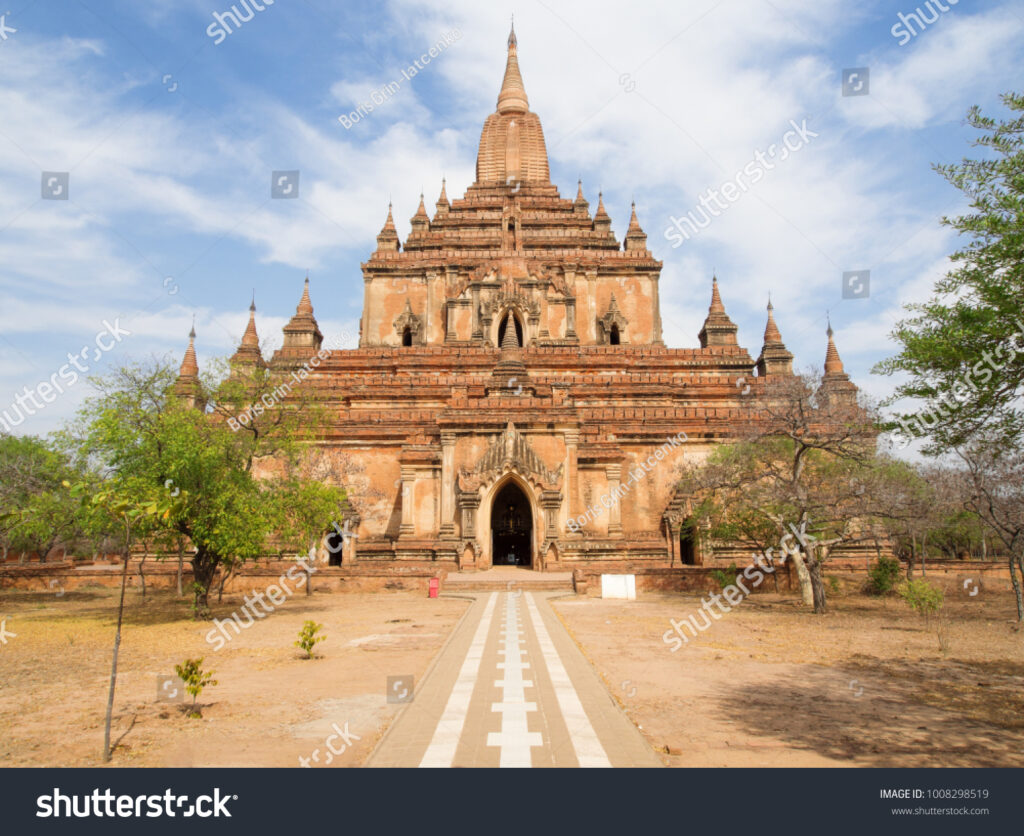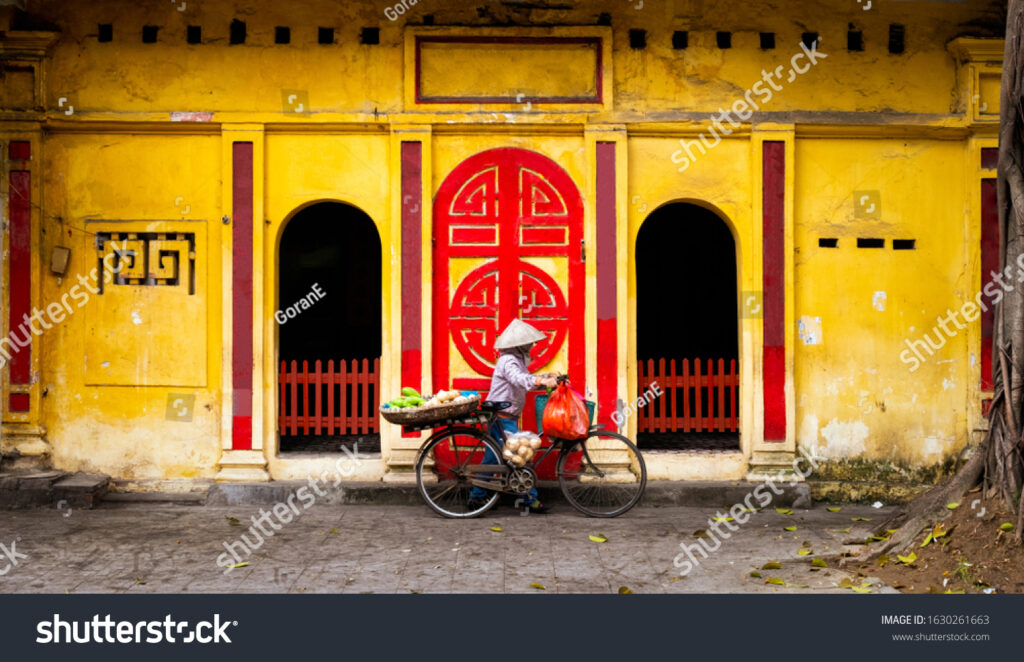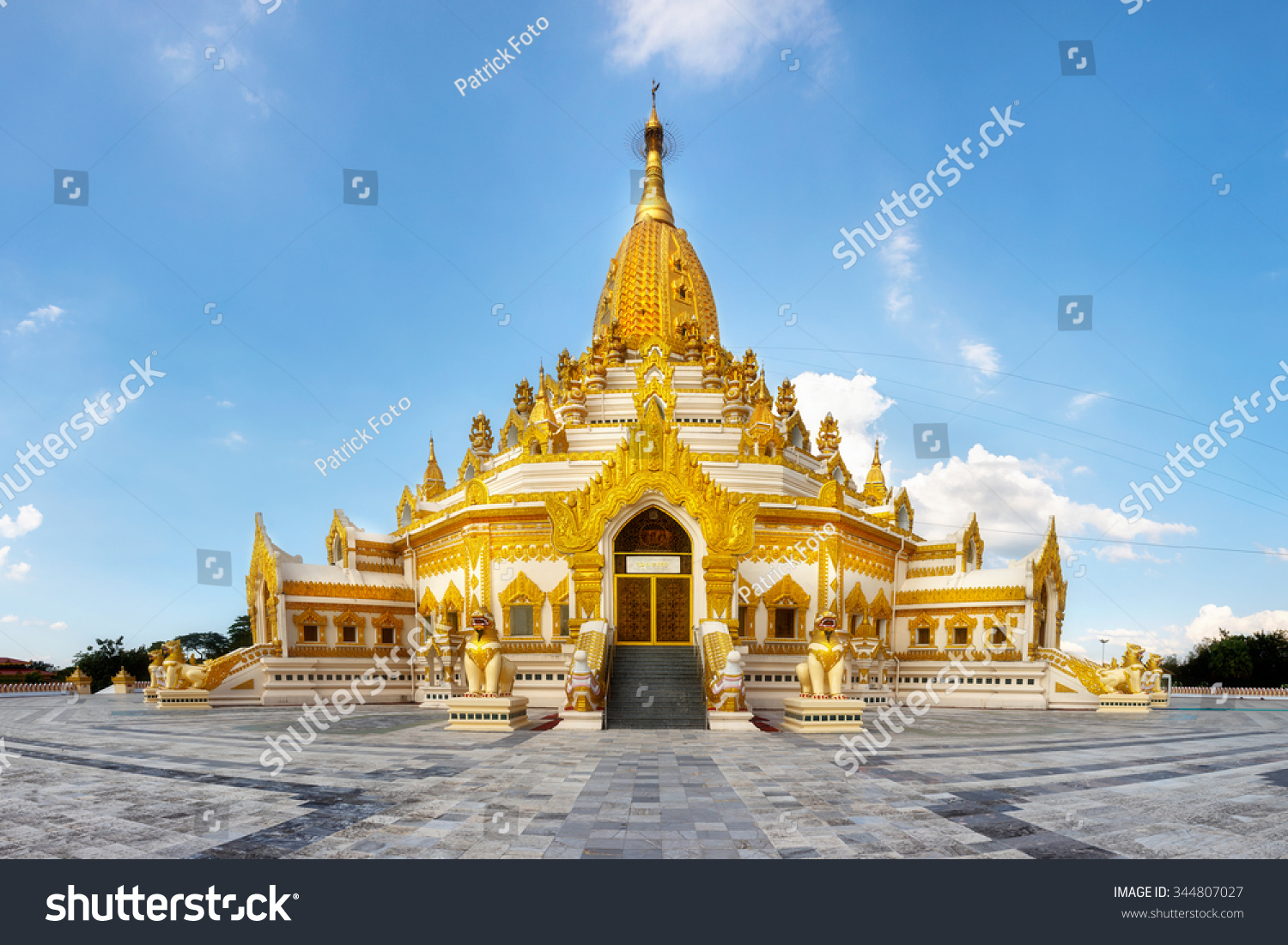The best train trips in Southeast Asia
In Southeast Asia, where the past lingers in station platforms and the landscape unfolds in cinematic sequences, the railways offer more than mere transport. To take a train here is to embrace the unhurried rhythm of the land, to watch rice paddies blur past in a green haze, to sip tea in a teak-paneled carriage and watch the slow unfurling of a landscape.
Train trips in Southeast Asia are more than a means of getting from one city to another. They are a return to a slower, more contemplative way of travel. These are journeys not just of distance, but of immersion—of drifting through time, history, and the rhythms of daily life. Southeast Asia unfolds best through its train windows. The slow travel of the railways show the moving vignettes of daily life.
From the teakwood carriages of luxury to the slow rhythm of a local commuter line, here are the best train trips in Southeast Asia.
The Train to Bagan, Myanmar
For those willing to have some discomfort in exchange for an interesting journey, the overnight train from Yangon to Bagan is the way to go. The train is a relic from the British colonial era. Vendors move through narrow aisles, balancing lacquer trays of tea leaf salad and samosas. The air, thick with the scent of palm sugar, carries the crackle of tinny radio songs from passengers sharing plastic-bagged meals of curried fish and sticky rice.
The train departs from the Yangon Station, its architecture reminiscent of British Burma. It lurches through the outskirts of Yangon, past betel-stained platforms and makeshift markets. Seated in the clattering carriage, a monk in maroon robes gazes out at the passing landscape—rice paddies dotted with white egrets, ox carts plodding along dirt roads.
As the train pulls north, it enters a world that seems paused in an earlier century. Outside, the land shifts from the Irrawaddy River’s glistening banks to the arid plains of central Myanmar. The rickety carriages lurch and heave across the tracks.
The 17-hour journey is not for the hurried traveler. But those who embrace the slow, jarring ride are rewarded with a morning arrival in Bagan.

The train slows, and through the dusty haze, you can see the spires of ancient pagodas scattered across the plains. The train approaches Bagan Station, where horse-drawn carts and motorbikes await passengers.
The train carries an ever-changing cast of passengers: pilgrims going to Varanasi, students returning home, families laden with tiffins of homemade dosas. The scenery morphs as one moves southward—arid plains give way to the green, temple-studded landscapes of Tamil Nadu. By the time the train reaches Andhra Pradesh, the menu has already changed; idlis and dosas give way to biryanis spiced with cardamom and saffron. The train travels northward, past Nagpur’s orange orchards and Madhya Pradesh’s teak forests, until it arrives in New Delhi.
The Palace on Wheels
Departing from Delhi, the Palace on Wheels is a throwback to the grandeur of the Rajput and Mughal courts. The ride covers a landscape of deserts, pink palaces, and white marble mausoleums.
This luxury train, modeled after the carriages of Maharajas, passes through Rajasthan’s desert, pausing at Jaipur’s rose-hued palaces and Jaisalmer’s sandcastle fort. The carriages are modeled after royal saloons, with velvet upholstery, inlaid wood paneling, plush carpets and silk curtains. Waiters in turbans serve drinks in a dining car adorned with intricate Rajasthani motifs. Over a glass of single malt, you can reimagine India’s Raj-era grandeur, conjuring the days of maharajas and viceroys. Outside, camel caravans move across the Thar Desert.
In Udaipur, the train pauses long enough for travelers to sip coffee by Lake Pichola. Stops include an elephant ride at Amber Fort and a tiger safari in Ranthambore National Park. Along the way, passengers disembark at Jodhpur, known as the Blue City because of its indigo-hued houses.

At night, the train pulls into Jaipur’s royal station, where folk dancers perform in lamplit courtyards. The train’s final stop, Agra, allows travelers to step off and see the Taj Mahal.
The Nilgiri Mountain Railway
The Nilgiri Mountain Railway is India’s steepest train journey, climbing over 7,000 feet from Mettupalayam, a humid lowland town, to Ooty, the former hill station with colonial bungalows and sprawling gardens. This was the summer retreat of the British Raj. At each station, chai-wallahs weave through the carriages, offering passengers steaming cups of spiced tea, while vendors sell hot vada and banana fritters wrapped in newspaper.
This is a trip that unfolds in chapters—first the heat of the plains, then the sudden cool of the forests, then the misty heights of the Nilgiris. The train, with its vintage blue carriages, ascends through tea gardens and eucalyptus forests, past monkeys that scamper alongside the tracks. At Coonoor station you can step out for a cup of locally grown tea before reboarding for the final ascent to Ooty.







